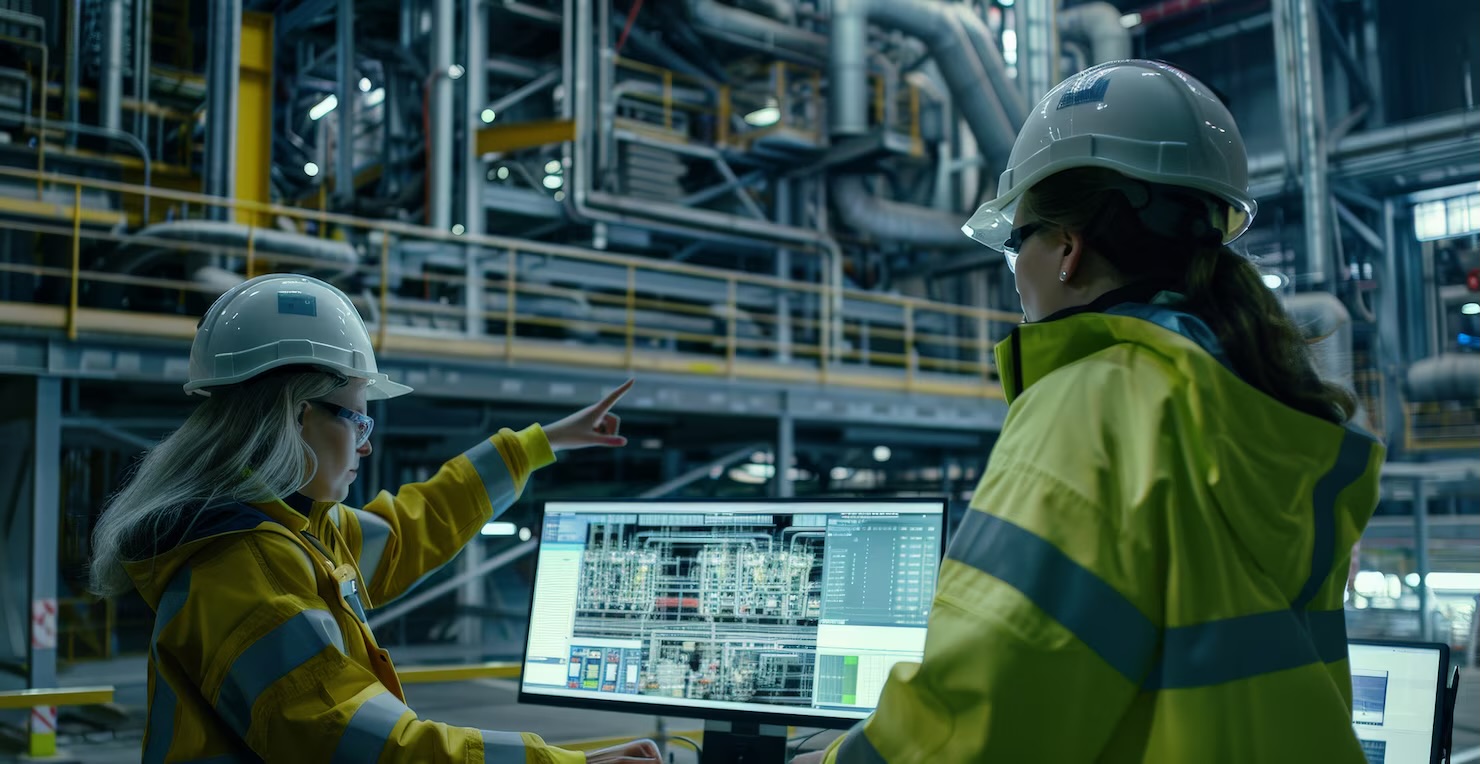Last updated on June 16th, 2025 at 09:30 pm
Managing facilities efficiently has evolved beyond routine maintenance. Smart facilities management leverages advanced technologies to streamline processes, reduce costs, and improve operational performance. But what exactly is smart facilities management, and how does it transform traditional practices? Let’s explore the concept, its components, and the benefits it brings—especially with smart tools like FacilityBot.
1. What is Smart Facilities Management?
Smart facilities management refers to the integration of technology, data, and automation to optimize the management of a building’s operations. By using Internet of Things (IoT) devices, sensors, and smart software, facility managers can monitor real-time data, automate workflows, and enhance decision-making for better maintenance and resource efficiency.
2. Key Components of Smart Facilities Management
Smart facilities management incorporates several key technologies and practices that elevate efficiency and performance, and FacilityBot offers these solutions:
- IoT Sensors and Devices: Smart sensors capture real-time data from equipment and environments, allowing facility managers to track asset performance, energy usage, occupancy rates, and more. FacilityBot integrates with IoT devices, such as indoor air quality sensors, to provide accurate, real-time monitoring.
- Building Management Systems (BMS): A BMS integrates with IoT devices to provide centralized control over critical systems such as HVAC, lighting, and security. Through FacilityBot, users can configure and manage these systems, streamlining operations and improving efficiency.
- Energy Management: FacilityBot supports energy optimization by integrating sensors that monitor energy usage, allowing you to track and reduce unnecessary consumption.
- Automated Workflows: FacilityBot automates work orders, scheduling, and reporting, ensuring that tasks are completed efficiently and on time, freeing up time for facility managers.
3. How Does Smart Facilities Management Work?
Smart facilities management uses interconnected systems and real-time data to streamline building operations. Here’s how it works:
- Data Collection: IoT sensors and devices gather real-time data from various building systems, such as temperature, humidity, occupancy, and equipment performance.
- Data Processing: This data is processed through an intelligent platform, allowing facility managers to monitor asset conditions, detect faults, and schedule preventive maintenance.
- Automated Decision Making: The system uses smart algorithms to automatically generate work orders, assign tasks, and notify relevant personnel when intervention is required.
- Continuous Monitoring: Facility managers can monitor key metrics such as equipment health, energy usage, and fault history through an intuitive dashboard.
4. Benefits of Smart Facilities Management
Implementing smart facilities management solutions provides numerous benefits to organizations:
- Improved Operational Efficiency: Automation and real-time monitoring reduce manual work and minimize human error, allowing facilities to run more efficiently.
- Reduced Energy Costs: By using sensors and IoT integrations, smart systems optimize energy use, leading to significant cost savings on utilities by adjusting settings based on real-time data.
- Enhanced Asset Performance: Smart systems track equipment health and schedule preventive maintenance, extending asset lifespans and preventing costly breakdowns.
- Increased Productivity: Automated workflows streamline maintenance tasks, enabling facility managers to focus on more critical priorities.
- Data-Driven Decision Making: Access to detailed insights helps facility managers make informed decisions on resource allocation, maintenance schedules, and overall facility performance.
5. Who Benefits from Smart Facilities Management?
Smart facilities management is beneficial to a wide range of industries:
- Commercial Real Estate: Property managers can optimize building performance, track tenant requests, and reduce operational costs.
- Healthcare: Hospitals and clinics benefit from asset tracking and preventive maintenance scheduling, ensuring medical equipment remains operational and compliant.
- Education: Schools and universities can monitor energy use, manage campus facilities, and enhance security and safety.
- Retail: Retailers can optimize store environments, including lighting, heating, and security systems, improving energy efficiency and customer comfort.
- Residential: Enhances comfort by automating climate control, lighting, and security systems in residential complexes.
- Industrial: Monitors equipment health, schedules maintenance, and reduces downtime in large manufacturing or industrial plants.
- Government: Ensures operational efficiency in public buildings, optimizing maintenance and reducing energy costs.
- Hotels: Automates room management, climate control, and energy use, improving guest experiences while reducing operational costs.
- Retail: Monitors store environments to ensure optimal lighting, heating, and security, enhancing both efficiency and customer satisfaction.
- Cleaning: Streamlines cleaning schedules and automates notifications for service needs.
- Landscaping: Helps manage and automate irrigation systems and track equipment usage.
- Pest Control: Monitors pest activity and automates reporting for quick action.
- Mechanical and Electrical: Tracks asset performance, schedules preventive maintenance, and detects issues before they become problems.
- Audio and Visual: Manages A/V systems in large venues, automating maintenance and ensuring operational efficiency.
6. How to Implement Smart Facilities Management
To begin integrating smart facilities management, follow these steps:
- Assess Your Facility’s Needs: Identify areas where technology can improve efficiency, such as fault reporting, energy management, or asset tracking.
- Deploy IoT Devices: Select IoT devices that suit your facility’s needs, such as air quality sensors or occupancy trackers, and integrate them to begin collecting real-time data.
- Use a Smart Platform: Utilize a centralized platform to monitor data, automate work orders, and generate insightful reports.
- Train Your Team: Ensure staff are familiar with the system and its features to maximize the potential for improving operations.
- Monitor and Adjust: Continuous monitoring and automated insights will help fine-tune processes for optimal performance.
Wrapping It Up: Enhance Your Facilities with FacilityBot’s Smart Solutions
Smart facilities management is transforming the way organizations handle building operations, and FacilityBot offers the tools to make this transition seamless. By integrating IoT devices, automating tasks, and providing real-time insights, FacilityBot helps businesses improve their efficiency, and maximize the performance of their facilities.




